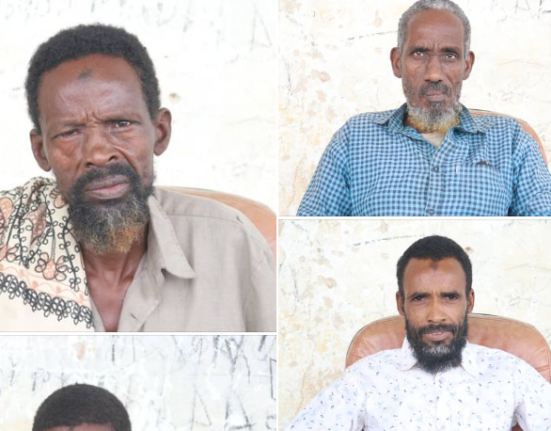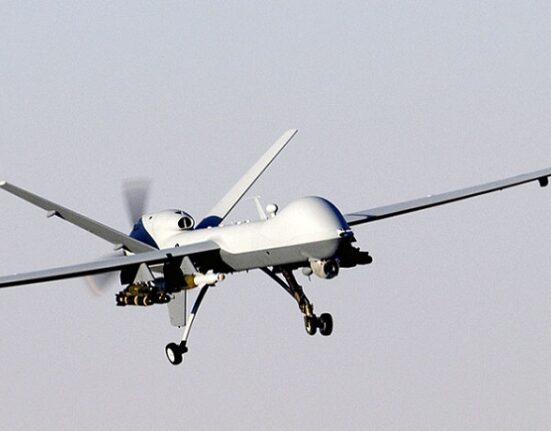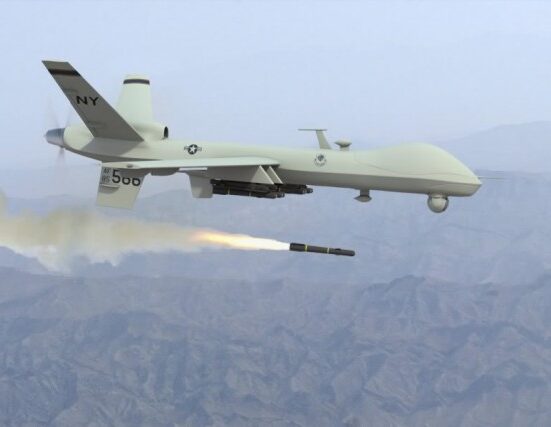Mogadishu-KNN-The American military has escalated a battle against the Shabab, an extremist group affiliated with Al Qaeda, in Somalia even as President Trump seeks to scale back operations against similar Islamist insurgencies elsewhere in the world, from Syria and Afghanistan to West Africa.
A surge in American airstrikes over the last four months of 2018 pushed the annual death toll of suspected Shabab fighters in Somalia to the third record high in three years. Last year, the strikes killed 326 people in 47 disclosed attacks, Defense Department data show.
And so far this year, the intensity is on a pace to eclipse the 2018 record. During January and February, the United States Africa Command reported killing 225 people in 24 strikes in Somalia. Double-digit death tolls are becoming routine, including a bloody five-day stretch in late February in which the military disclosed that it had killed 35, 20 and 26 people in three separate attacks.
Africa Command maintains that its death toll includes only Shabab militants, even though the extremist group claims regularly that civilians are also killed. The Times could not independently verify the number of civilians killed.
The rise in airstrikes has also exacerbated a humanitarian crisis in the country, according to United Nations agencies and nongovernmental organizations working in the region, as civilians are displaced by conflict and extreme weather.
“People need to pay attention to the fact that there is this massive war going on,” said Brittany Brown, who worked on Somalia policy at the National Security Council in the Obama and Trump administrations and is now the chief of staff of the International Crisis Group, a nonprofit organization focused on deadly conflicts.
The war in Somalia appears to be “on autopilot,” she added, and one that is drawing the United States significantly deeper into an armed conflict without much public debate.
Somalia, a country that occupies a key strategic location in the Horn of Africa, has faced civil war, droughts and an influx of Islamist extremists over the years.
The growing United States military engagement stands in stark contrast to the near-abandonment not long after the “Black Hawk Down” battle in 1993, which left 18 Americans and hundreds of militia fighters dead.
The intensifying bombing campaign undercuts the Trump administration’s intended pivot to confront threats from great powers like China and Russia, and away from long counterinsurgency and counterterrorism campaigns that have been the Pentagon’s focus since 2001.
Analysts suggested that the increase in American strikes may also reflect an unspoken effort by American commanders to inflict as much punishment on the Shabab while they can.
“Many of our commanders probably see a renewed urgency to degrade the enemy quickly and forcefully,” said Luke Hartig, a former senior director for counterterrorism at the National Security Council during the Obama administration.
Gen. Thomas D. Waldhauser, the head of Africa Command, said planned cutbacks elsewhere would not affect what the military is doing in Somalia.
“We’ll maintain our capability and capacity there,” General Waldhauser told the House Armed Services Committee last Thursday. Africa Command is scaling back American forces nearly everywhere else on the continent in a move that poses a particular threat for West Africa, which is grappling with a range of extremist groups.
Source: Newyork Times






